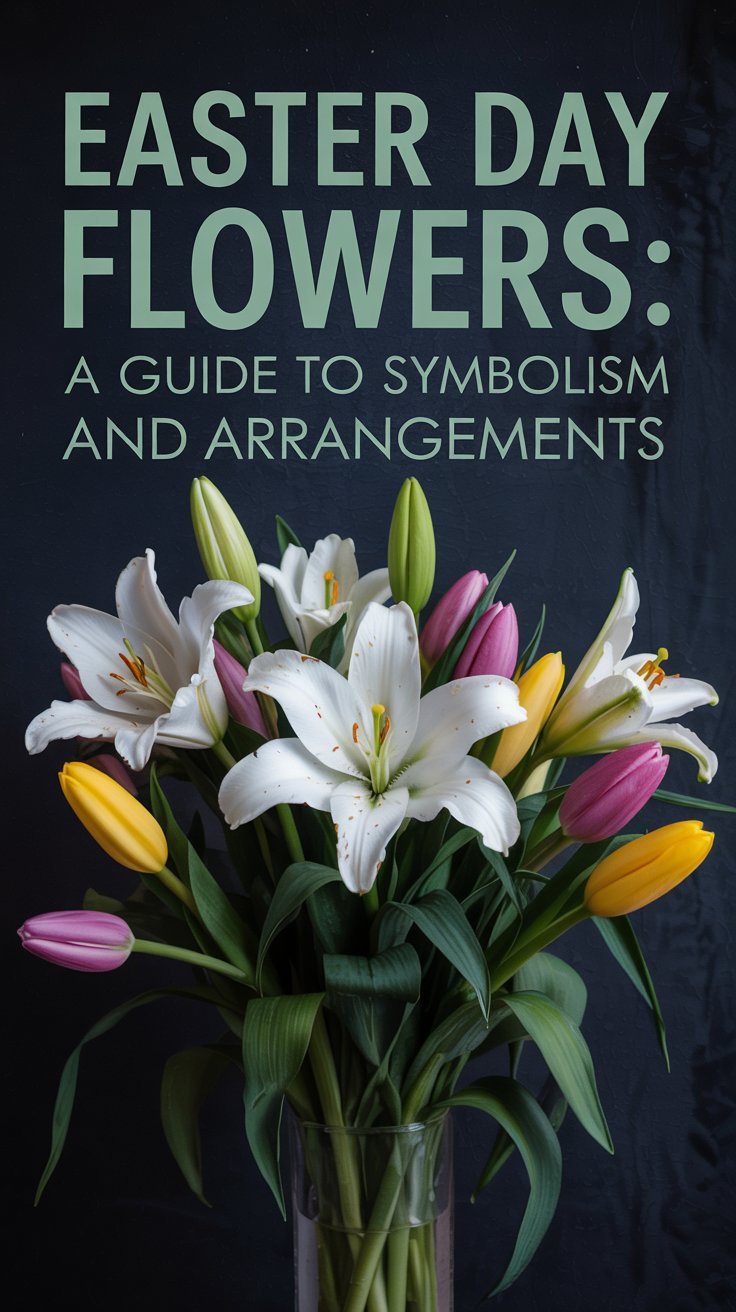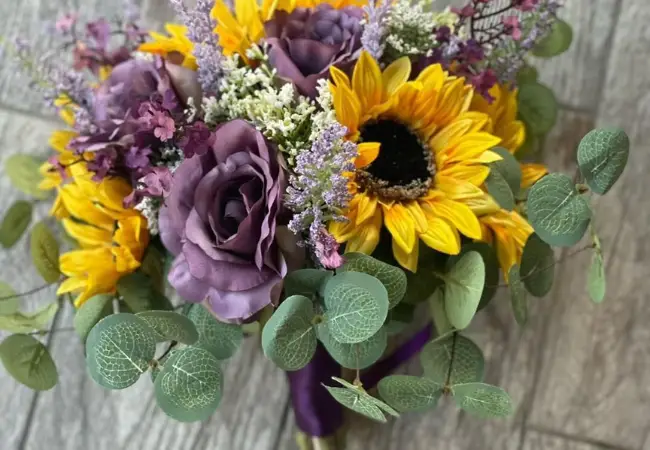Explore the meaning behind Easter Day flowers, get care tips for popular blooms, and find DIY ideas to make your Easter celebrations bloom with beauty.
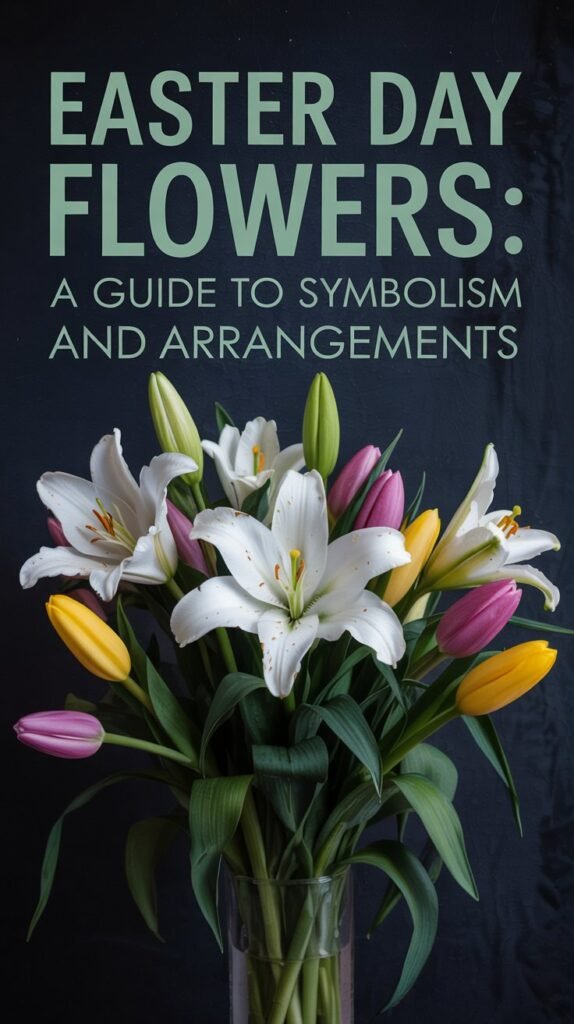
Easter is a time of renewal, joy, and celebration, and nothing captures this spirit quite like Easter Day flowers. As someone who’s been gardening for over 10 years, I’ve always loved how flowers bring a special touch to the holiday. I still remember arranging tulips and lilies with my family as a kid, filling our home with color and fragrance. In this guide, I’ll walk you through everything you need to know about Easter Day flowers—their history, symbolism, popular varieties, and how to use them to make your Easter celebrations unforgettable. Whether you’re decorating your home or gifting a bouquet, you’ll find plenty of ideas to inspire you!
The History and Symbolism of Easter Flowers
White Easter Lily
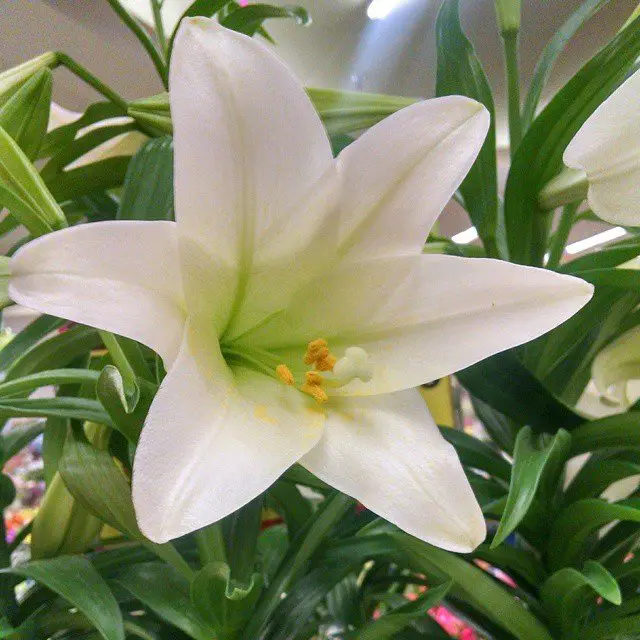
Tulips
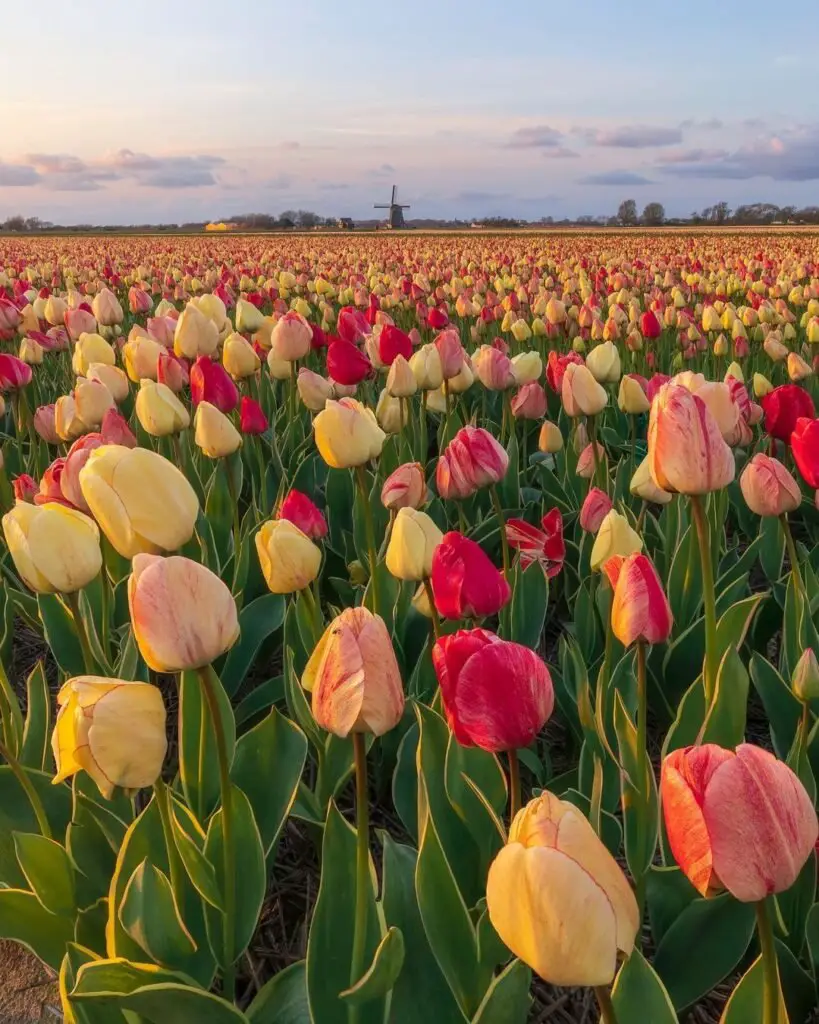
Daffodils
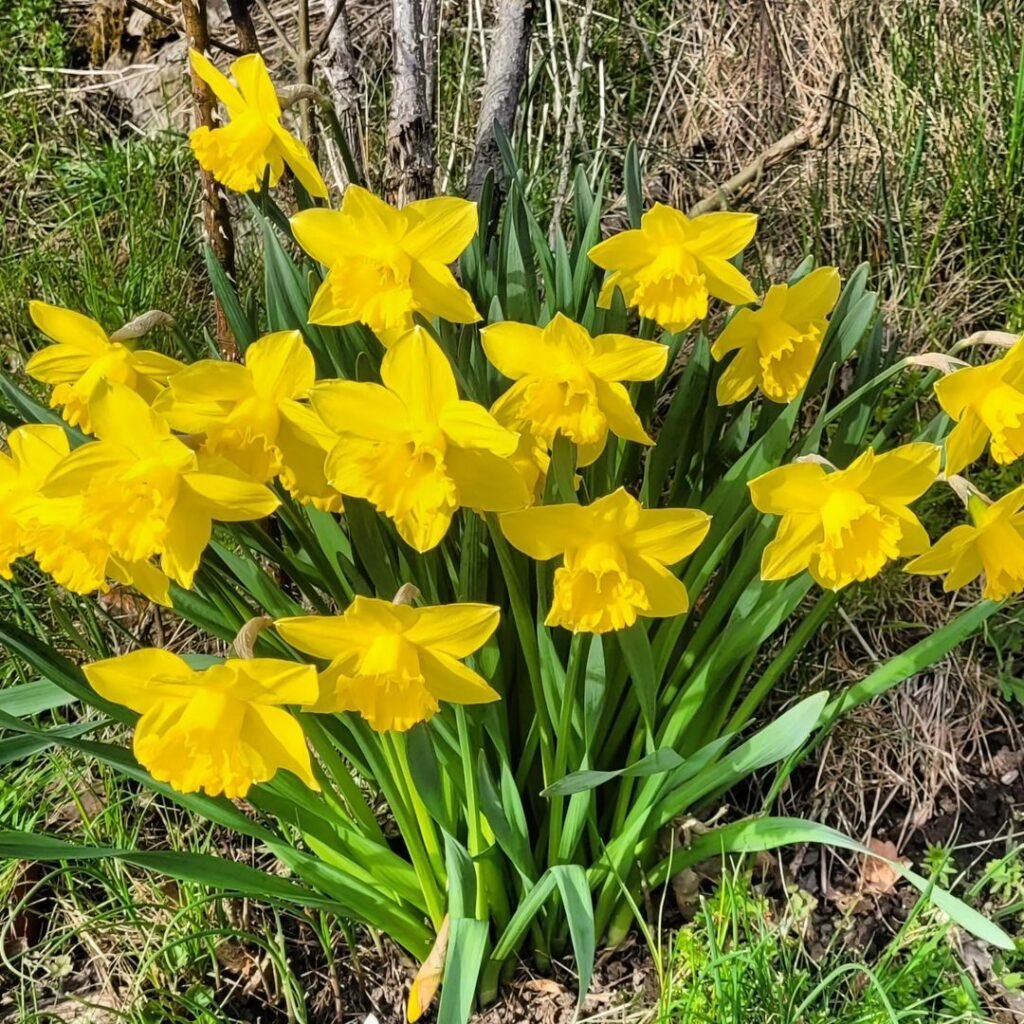
Hyacinths
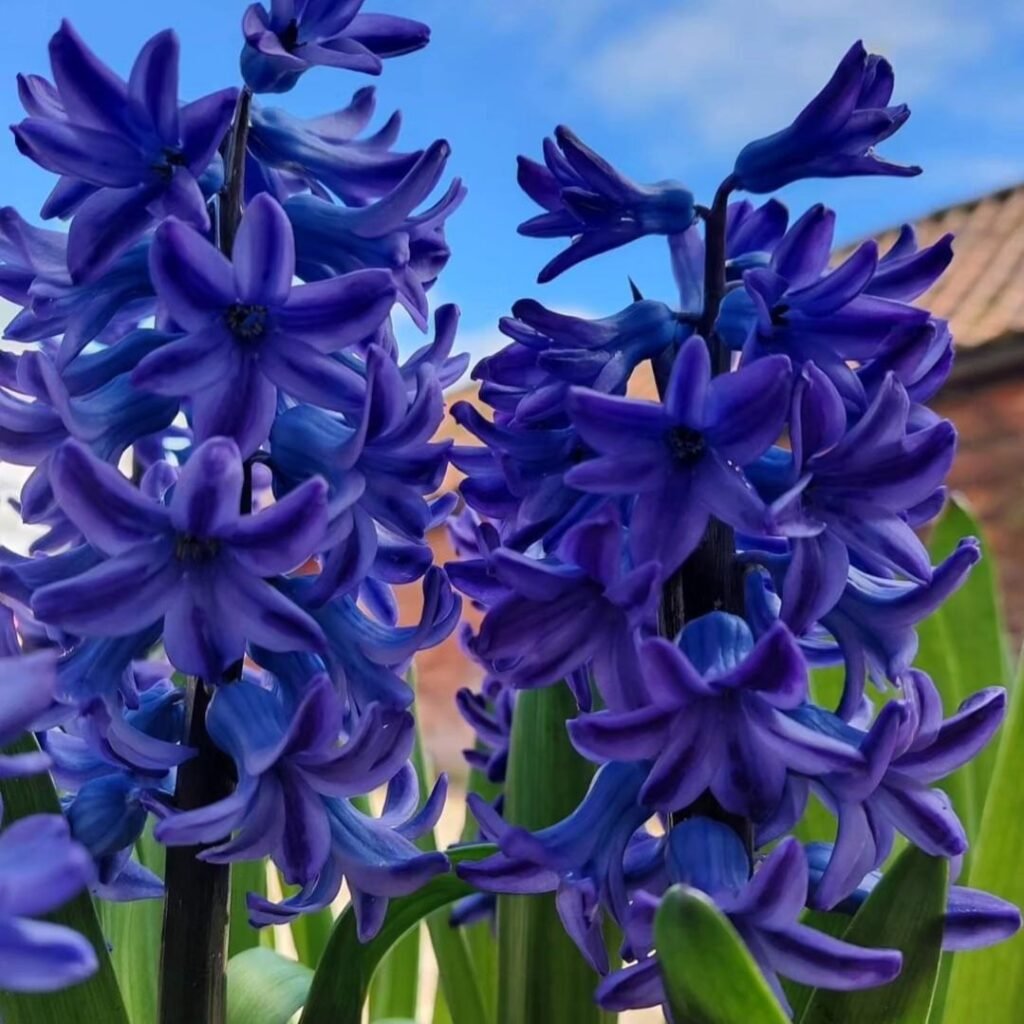
Azaleas
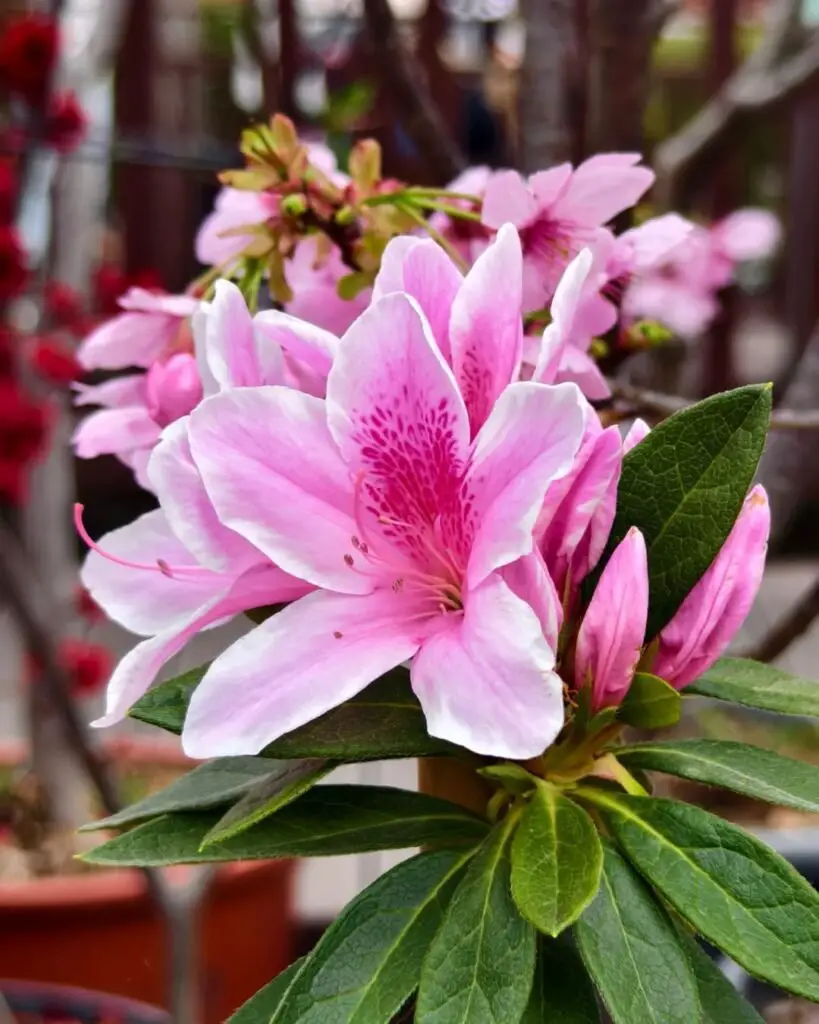
Chrysanthemums
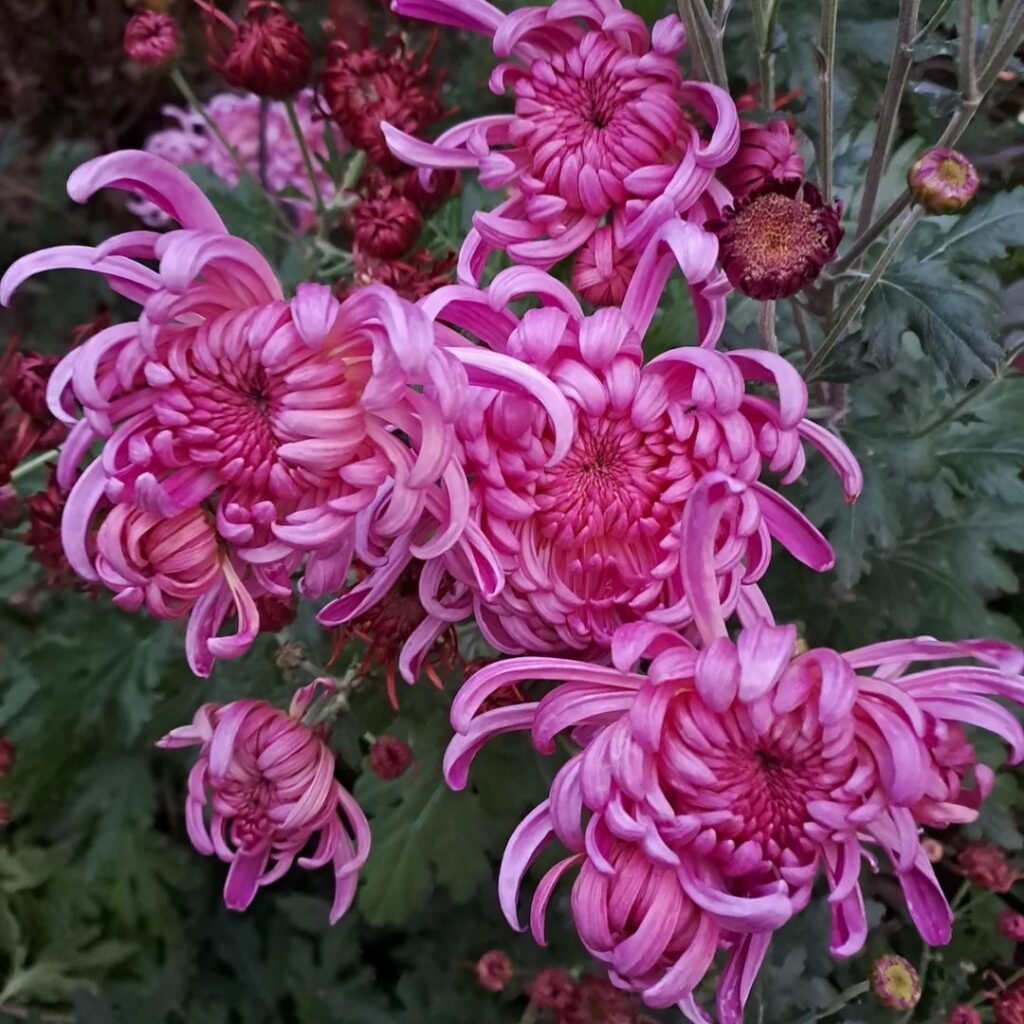
Orchids
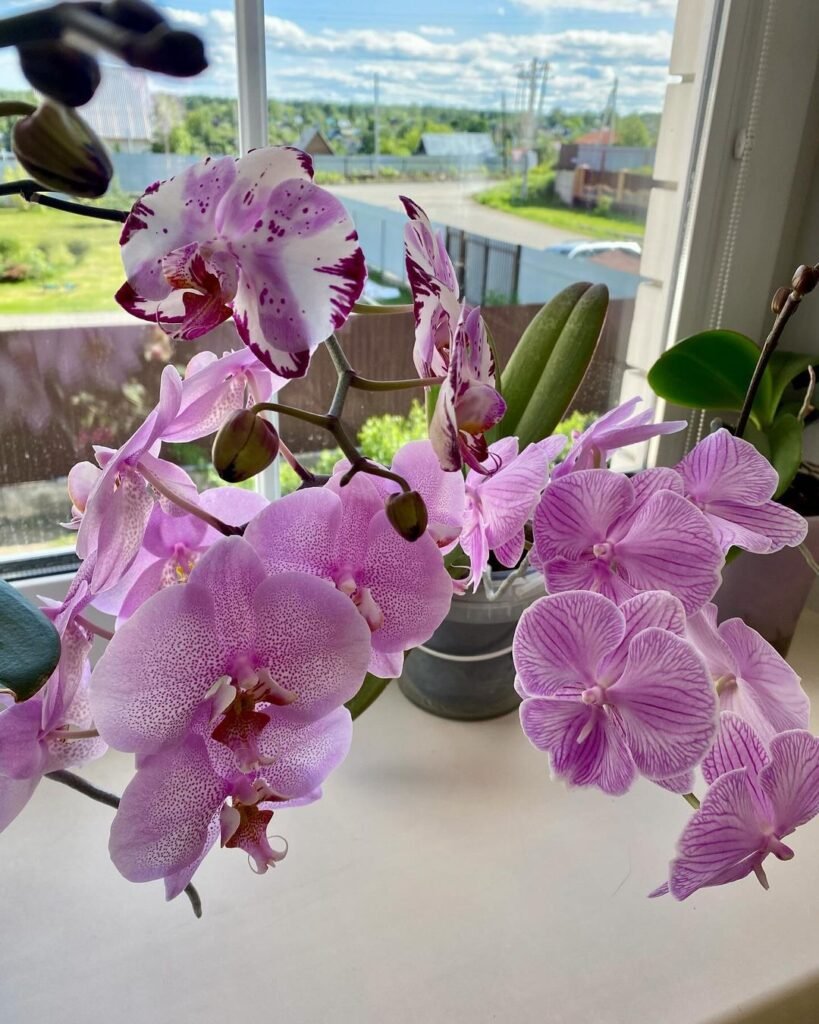
Flowers have been part of Easter celebrations for centuries, rooted in both religious and cultural traditions. Early Christians used them to symbolize resurrection and new life, a theme that still resonates today. In the USA, Easter Sunday flower arrangements are a common sight in homes and churches, adding beauty and meaning to the holiday.
Here’s a look at the symbolism behind some popular Easter flowers:
- Lilies: Known as the “Easter lily,” these white, trumpet-shaped blooms stand for purity, hope, and renewal. They’re a classic choice for Easter flower decorations.
- Tulips: With their bright colors like pink, yellow, and red, tulips represent perfect love and spring’s rebirth.
- Daffodils: These sunny yellow flowers symbolize new beginnings and are a cheerful sign of the season.
Knowing what these flowers mean can help you pick the perfect ones for your Easter festivities. For more on Easter traditions, check out this history of Easter symbols.
Popular Easter Flowers and Their Care
When it comes to flowers used for Easter, a few varieties stand out for their beauty and ease of care. Here are my top picks, based on my years of gardening experience:
1. Easter Lilies
- What They’re Like: Large, white, and sweetly scented, Easter lilies bloom just in time for spring.
- Care Tips: Place them in a cool, bright spot away from direct sun. Water them enough to keep the soil moist but not soggy—they can last up to two weeks with the right care.
2. Tulips
- What They’re Like: Available in tons of colors, tulips have cup-shaped blooms that scream spring.
- Care Tips: Trim the stems at an angle and put them in cold water. Change the water every couple of days. Fun fact: tulips like to “move” in the vase, so don’t worry if they shift!
3. Daffodils
- What They’re Like: Bright yellow with a trumpet center, daffodils are one of the first flowers to pop up in spring.
- Care Tips: They release a sap that can hurt other flowers, so keep them solo. Store them in a cool place and refresh the water daily.
Want more care tips? The Old Farmer’s Almanac has great advice on keeping these blooms fresh.
Easter Flower Arrangements and Decorations
Creating your own Easter Sunday flower arrangements is a fun way to celebrate. Whether it’s a centerpiece or a door wreath, here are some ideas to try:
1. Classic Easter Centerpiece
- What You’ll Need: Easter lilies, tulips, daffodils, and some greenery like ferns.
- How to Do It: Start with lilies as the star, then add tulips and daffodils around them. Fill in with greenery for a full look.
- My Tip: Use a basket or shallow bowl for a cozy, Easter vibe.
2. DIY Easter Wreath
- What You’ll Need: A wreath base, fresh or faux tulips and daffodils, and ribbon.
- How to Do It: Attach the flowers with floral wire, mixing colors evenly. Add a ribbon bow on top.
- My Tip: Mist fresh flowers with water to keep them perky.
Need more ideas? Check out our post on spring flower arrangements for extra inspiration.
Incorporating Easter Flowers into Your Celebrations
Easter flowers and plants can do more than just look pretty—they can make your holiday traditions special. Here’s how I like to use them:
- Decorate Your Home: Scatter small arrangements around your space—think entryway, kitchen, or even the bathroom—for a festive feel.
- Gift a Bouquet: Send some love with Easter flowers next day delivery. Last Easter, I surprised my mom with a tulip bouquet, and she couldn’t stop smiling!
- Host a Flower Party: Get friends together to make Easter flower decorations. It’s a great way to have fun and get creative.
For quick delivery, I love ProFlowers for their same day Easter flowers options. Another solid pick is FTD, especially for last-minute gifts.
Where to Find Easter Flowers
If you’re in the USA, you’ve got plenty of options. Local spots like the Eastern Market Flower Day in Detroit are perfect for picking up fresh blooms. Online, services like 1800Flowers offer Easter flowers same day delivery, so you’re covered even if you’re short on time.
Conclusion
Easter Day flowers bring joy, color, and meaning to the holiday. From their deep symbolism to their practical uses in décor and gifting, they’re a simple way to make Easter feel extra special. I hope this guide has sparked some ideas for you—maybe you’ll try arranging a centerpiece or ordering Easter flowers next day for someone you love. Whatever you choose, have fun with it!
For more gardening fun, explore our posts on spring gardening essentials and seasonal flower care.

